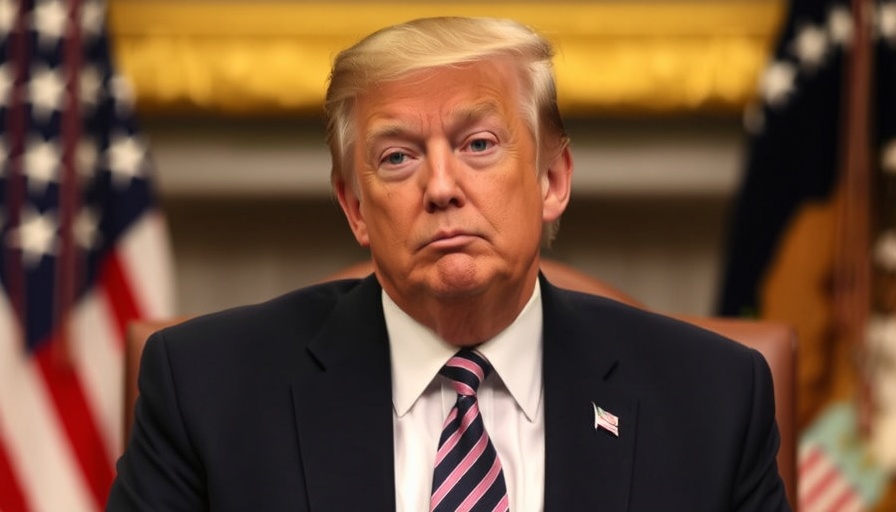
The Changing Landscape of Gold Tariffs: What Lies Ahead?
The U.S. government has announced plans to issue an order aimed at clarifying the tariff implications on gold bars. As the complexities around international trade policies increase, this move appears designed to provide both clarity and continuity to domestic markets and investors. The gold market is sensitive to changes in tariffs and taxes, which influence investment decisions from individual collectors to large institutional buyers.
Understanding Tariffs: Their Purpose and Effects
Tariffs serve as a key mechanism in regulating international trade. When the government levies a tariff on imported goods, it raises the cost for consumers, which can impact demand. In the case of gold bars, higher tariffs may deter imports, potentially pushing prices higher. Conversely, lower tariffs might encourage price competitiveness, benefiting investors. This dual-edged nature of tariffs necessitates careful consideration from policymakers to balance national interests and market stability.
Historical Context: Tariffs on Precious Metals
Historically, tariffs on precious metals like gold have been used strategically by various governments to protect domestic industries. For instance, during economic uncertainties or geopolitical tensions, policymakers often increase tariffs to shield local markets from foreign competition. Previous instances illustrate how unpredictable these policies can be, leading to potential market volatility as traders react to shifting regulations. Understanding this historical backdrop is essential for anticipating future movements in the gold trade.
Current Events: Notable Trends in Gold Markets
Recently, the demand for gold bars has surged, particularly as investors look for safe havens amid economic fluctuations. This demonstrates a strong inclination among buyers to secure their wealth in tangible assets rather than volatile stock markets. To capitalize on this trend, manufacturers and dealers are keenly watching for the instruments of the new order. Analysts will be assessing how these tariff clarifications might influence the overall supply chain dynamics—either enhancing or hindering the flow of gold into the U.S.
Potential Opportunities: What This Means for Investors
The impending clarification on tariffs on gold bars represents an opportunity for investors to realign their strategies. Knowledge of tariff structures will allow informed decisions regarding purchasing and holding gold assets. As the market navigates these changes, smart investors will look for indicators that suggest how demand might shift and adjust their portfolios accordingly. Moreover, understanding the broader context of tariffs might spark opportunities to hedge against external economic pressures.
Counterarguments: The Risks of Over-Certainty
While clarity in tariff regulations is generally welcomed, there might be a downside. Relying too heavily on governmental assurances can lead to risky complacency among investors. The potential for sudden market shocks—due to political upheaval or economic sanctions—remains a tangible threat, irrespective of tariffs. This sentiment encourages a critical look at the gold market's inherent volatility and the need for a diversified investment strategy that looks beyond simplistic measures like tariffs.
Conclusion: Navigating Uncertainty in the Gold Market
The planned clarification regarding tariffs on gold bars marks an important moment for the industry. As policymakers strive to balance regulation with market needs, investors must stay informed and adaptable. Understanding the nuances of tariffs will empower stakeholders to make better investment choices and safeguard against potential market disruptions. Observing how these changes unfold will be crucial for anyone looking to navigate the ever-evolving landscape of the gold trade.
 Add Row
Add Row  Add
Add 




Write A Comment